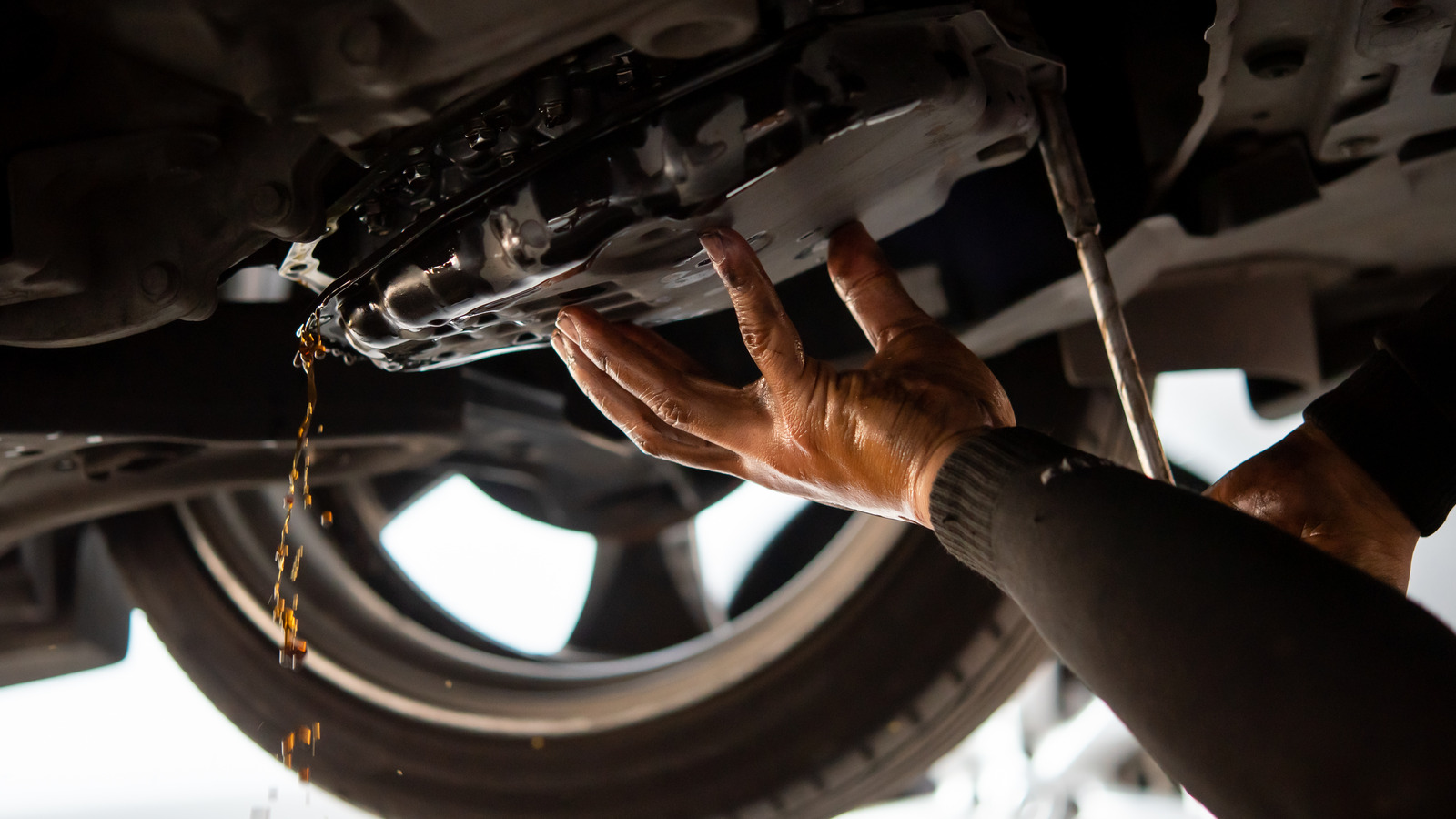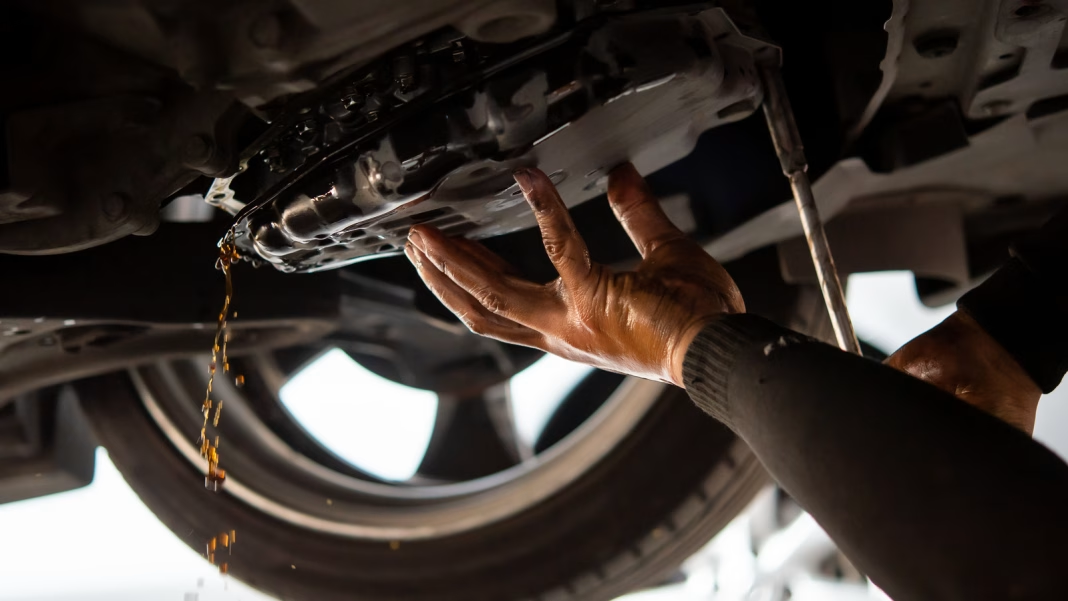With the increasing prevalence of sealed transmissions in modern vehicles, many drivers find themselves wondering about the necessity and feasibility of changing transmission fluid. It’s a valid concern, especially since these sealed systems often come with the manufacturer’s assurance that they’re “maintenance-free.” But is that really the case? Let’s dive into the details.
What Are Sealed Transmissions, and Why Are They Popular?
Sealed transmissions are designed to be maintenance-free, which means they come without a dipstick for checking fluid levels and are often filled with synthetic fluids that last longer than traditional options. This design trend has gained traction because it simplifies the vehicle maintenance process for manufacturers and consumers alike. The idea is to reduce the need for regular checks and changes, making life a bit easier for drivers who may not be mechanically inclined.
However, this maintenance-free label can be misleading. While it’s true that the fluid in these transmissions can last longer than older formulations, it doesn’t mean it’s immune to degradation. Over time, transmission fluid can break down due to heat, friction, and contaminants. So, even if your car has a sealed transmission, it’s worth considering whether you should still be proactive about fluid changes.
How Often Should You Change Transmission Fluid?
The answer isn’t as straightforward as it used to be. Many manufacturers suggest that sealed transmissions can go anywhere from 60,000 to 100,000 miles without a fluid change. However, this recommendation can vary significantly based on driving conditions and habits. For example, if you frequently drive in stop-and-go traffic, tow heavy loads, or operate in extreme temperatures, you might want to change your fluid more often.
A good rule of thumb is to consult your vehicle’s owner manual for specific recommendations. If you’re unsure, a quick chat with a trusted mechanic can also provide clarity tailored to your driving style and vehicle type.
What Are the Risks of Not Changing Transmission Fluid?
Ignoring the need for fluid changes can lead to some serious issues down the line. Old or degraded transmission fluid can cause poor shifting performance, increased wear on transmission components, and ultimately, transmission failure. The cost of a transmission repair or replacement can be astronomical, often running into thousands of dollars.
Consider this: a simple fluid change might cost a few hundred bucks, while a new transmission could set you back significantly more. It’s a classic case of “an ounce of prevention is worth a pound of cure.”
Can You Change the Fluid Yourself?
If you’re feeling adventurous and want to tackle a fluid change on your own, be aware that it’s not as simple as it used to be. Many sealed transmissions require specialized tools and knowledge to access the fluid. Some systems don’t even have a fill port, making DIY changes nearly impossible without professional help.
If you’re not comfortable with the process, it’s best to leave it to the pros. A qualified mechanic can ensure the job is done right, using the correct fluid type and amount, which is crucial for the health of your transmission.
What Should You Do If You’re Unsure?
If you’re still on the fence about whether to change your transmission fluid, consider having it inspected. Many shops offer fluid analysis services that can determine the condition of your transmission fluid without a full change. This can give you peace of mind and help you make an informed decision about your vehicle’s maintenance needs.
The big takeaway? Sealed transmissions may promise low maintenance, but that doesn’t mean you can completely ignore your transmission fluid. Staying proactive about your vehicle’s health can save you time, money, and headaches in the long run. Start with one small change this week—like checking in with a mechanic about your fluid—and you’ll likely spot the difference by month’s end.


